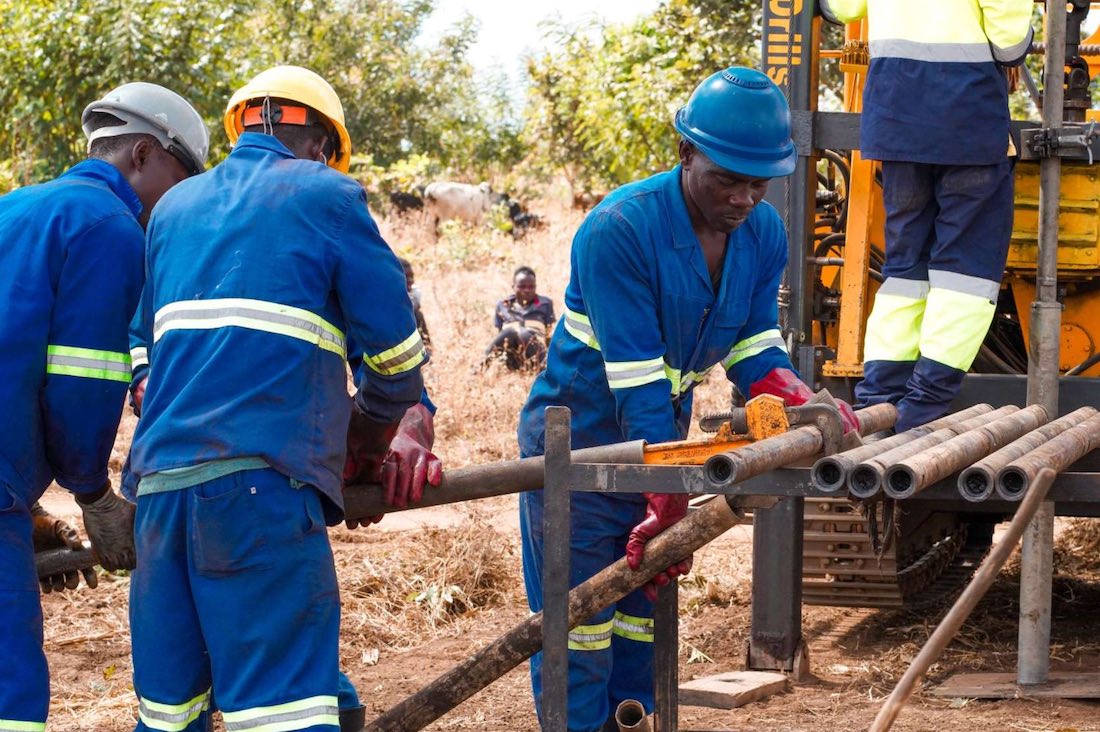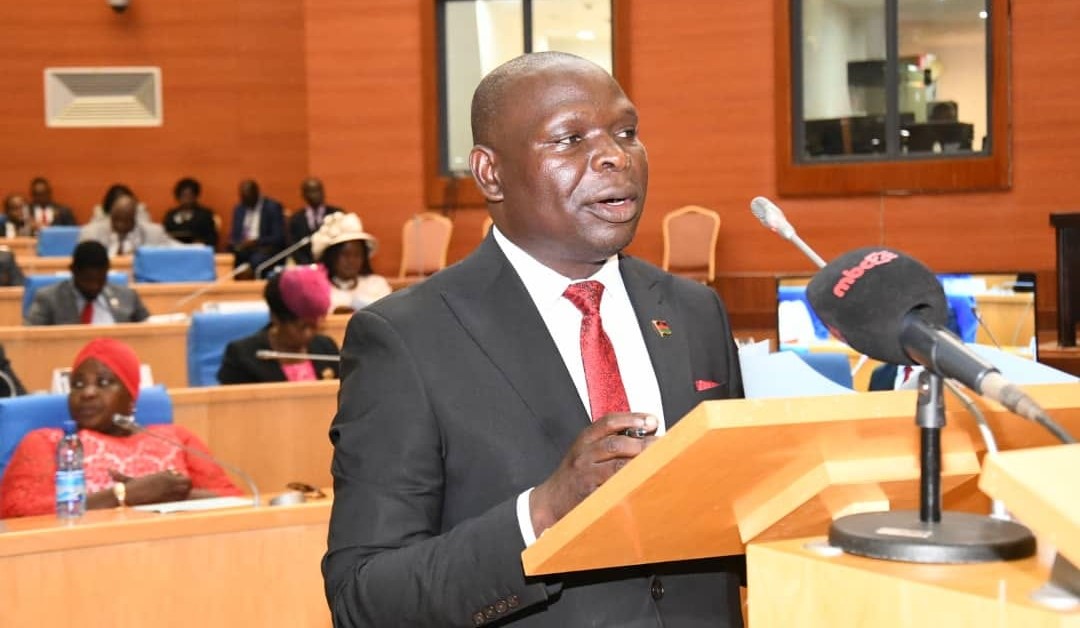Rising cost of living a growing concern
The Centre for Social Concern (CfSC) says rising cost of living in Malawi has become a growing concern, impacting citizens across the nation.
In its October 2023 Cost of Living Report, the centre says the rising cost of maize is a primary factor exacerbating the cost of living in our country.

Reads the report in part: “With the increasing cost of maize, households are grappling with higher expenses that impact their ability to meet their basic needs.
“The burden this places on our citizens is substantial and is a call to action for all stakeholders.”
During the month under review, the average cost of living in urban areas for a family of six rose to K397 134 from K389 455 the previous month and K325 902 during the same period last year.
During the review period, Blantyre emerged the most expensive at K461 521, seconded by Lilongwe at K405 494, Mangochi at K403 570, Zomba at K401 274, Mzuzu at K394 087 while Karonga, at K316 858 emerged the cheapest district of the six.
Meanwhile, prices of maize have continued to rise, reaching K883 per kilogramme (kg) or K44 150 per 50 kg bag during the review month.
According to data published by the International Food Policy Research Institute, retail maize prices experienced a five percent increase in October, rising from K692 in the final week of September to K732 in the final week of October.
Consistent with the typical trend, the Southern Region recorded the highest monthly average maize retail price of K775 per kg, with the peak weekly retail price (K883 per kg) noted in Luchenza in Thyolo.
The Central Region maintained relatively stable prices, with the monthly average settling at K710 per kg while the Northern Region documented the lowest monthly average retail maize price at K585 per kg, with the lowest weekly average price recorded in Chitipa at K505 per kg during the third week of October.
Fuelling the consumer price spike is the recent 44 percent devaluation, which the centre argues has made low-income earners more vulnerable to rising prices.
In a written response, CfSC projects officer Kondwani Hara said inflation caused by a devaluation can lead to a decrease in the real wages of individuals, making it harder for them to afford essential goods and services.
He said: “Government needs to implement targeted social assistance programmes to help low-income earners cope with rising prices. These can include cash transfers, food subsidies, and programmes to improve access to education and healthcare.”
Meanwhile, Treasury has since expanded coverage of social protection programmes following the 44 percent kwacha devaluation.
Among others, Treasury will increase social cash transfer beneficiary coverage from 2 million to 3 million people, and continue with the implementation of cyclone recovery intervention targeting 184 920 households where beneficiary households receive K150 000 to support consumption needs. Treasury also plans to re-introduce the price shock urban emergency cash transfer programme, targeting 105 000 households in Zomba, Blantyre, Mzuzu and Lilongwe city councils with a once-off transfer of K150 000 covering for three months, translating to another K1.57 billion.





